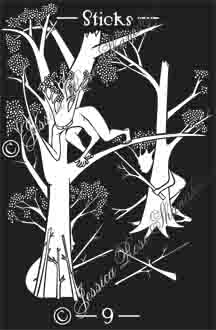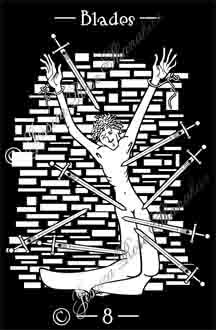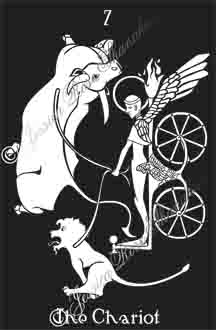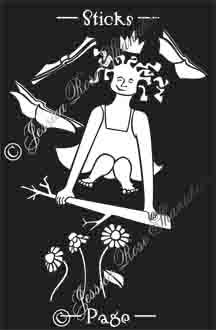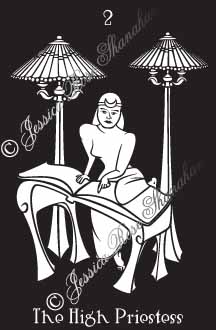 The High Priestess represents wisdom, knowledge and understanding. She holds the key to access the realm of the unconscious— the dreamworld— the underworld of the self. She learns by crawling into the book of knowledge, becoming that which needs to be known, learning by experience. She is the first to travel her chosen path. She learns her way intimately, then guides others by teaching us to do as she has. Along the way she tells us, “Listen. Listen to yourself. Pay attention. Be accountable for your decisions. Listen.” Her intuition is high. Her self-knowledge is deep. She does not waste her attention on superficial things.
The High Priestess represents wisdom, knowledge and understanding. She holds the key to access the realm of the unconscious— the dreamworld— the underworld of the self. She learns by crawling into the book of knowledge, becoming that which needs to be known, learning by experience. She is the first to travel her chosen path. She learns her way intimately, then guides others by teaching us to do as she has. Along the way she tells us, “Listen. Listen to yourself. Pay attention. Be accountable for your decisions. Listen.” Her intuition is high. Her self-knowledge is deep. She does not waste her attention on superficial things.
The High Priestess reminds me of the goddess Inanna. Inanna’s tale is the story of how mortals received the traditions of the gods. It is the story of the disembodying journey to one’s dark side and the sacrifices that must be made to return. It the story of the hero’s journey through the realms that souls traverse during sleep and after death. Inanna walked to the underworld of her unconscious to confront her dark side, bound to the world of the living solely by faith in her spiritual self. Like Inanna into the underworld, into this book of wisdom the High Priestess crawls.
—A Very Abbreviated Tale of the Goddess Inanna—
Inanna, Queen of Heaven and Earth, daughter of the Moon and sister of the Sun, stole by trickery the gifts from the gods that awaken the human mind and provide the morals, laws, customs, arts, and sciences of civilized life. These are the attributes of civilization, both positive and negative. Instead of leaving such gifts in sole charge of the gods, Inanna shared with humankind all that she had acquired.
Inanna’s favorite gift was the power of making decisions. Knowing the other gifts is worthless without this power— the power of will, initiative, and independence. By using the gifts that Inanna brought from Heaven, people are able to enrich and ennoble their lives, bringing divine harmony to Earth.
Long afterward— after she married and her two sons had grown to manhood— Inanna descended into the underworld to visit Ereshkigal, her dark sister, her sinister side, queen of the underworld. Ereshkigal’s husband had recently died. Inanna went to console her.
Inanna brought with her seven holy gifts from seven cities, embodying them into herself. She dressed herself in her seven royal garments and descended. She was stripped of each one of her seven garments at the seven gates until she reached the innermost chamber of the underworld— the darkest corner of her being— where the seven judges past judgment against her.
And Ereshkigal fastened the eye of death upon her sister. Inanna, crucified by her own destiny, turned to a corpse that hung like meat from on a hook on the wall. There she remained for three days and three nights until Ninshubur, Inanna’s constant companion and spiritual self, went for help.
Deeply grieved, father Enki took pity. He scraped dirt from under his fingernails and made two creatures which he sent to the underworld like flies. When they heard Ereshkigal moaning with childbirth, they were to moan with her. Thus, they did. Ereshkigal, comforted by their sympathy, offered them a gift. They asked for Inanna’s corpse from the hook on the wall. Ereshkigal gave it.
Following Enki’s instruction, the creatures sprinkled the corpse with food and water of life. Thus Inanna arose, born anew, as if from the childbirth pangs of her dark sister, goddess of the underworld.
The judges who had stripped Inanna of her self insisted she provide a substitute if she was to leave the underworld. She refused to leave her servant and spiritual self, Ninshubur. She refused to leave one or the other of her sons. When she arrived home where her husband Dumuzi was sitting on his throne and he was to busy to acknowledge Inanna’s arrival, Inanna gave him up to death.
Of course Inanna missed Dumuzi greatly when he was gone, as did his sister Geshtinanna and his mother. All were inconsolable. In their grief, wintery desolation filled the land.
Time past. Inanna and Geshtinanna found Dumuzi weeping where his corpse lay. Inanna took his hand, and there a pact was made: Dumuzi and his sister would split the time spent in the underworld, half a year each. here would be half a year of barrenness and rest, half a year of abundance. So it is. And so it is. And so it is said.





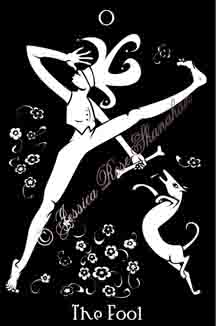

 Upright: hard work, great achievement, burden of responsibility, stress
Upright: hard work, great achievement, burden of responsibility, stress